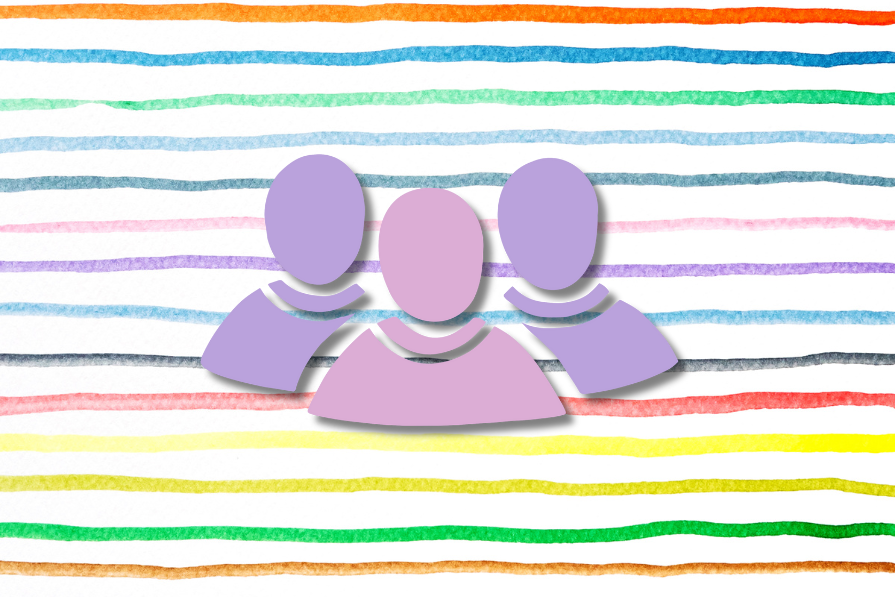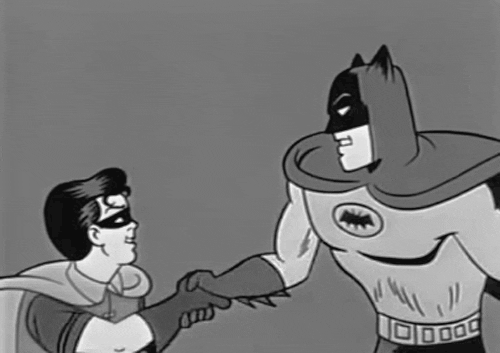
Have you ever met someone who instantly “gets” you? That effortless love-at-first-sight kind of connection? That’s what human-centered design does for products. It makes a user feel like the product was made just for them.
Think about your favorite app. Why is it your favorite? It likely wasn’t luck that made it great. It was a user-centric approach. User experience can make or break a product, so adopting human-centered design isn’t just nice — it’s essential.
When designing a product, understanding users’ lives and needs can create something that truly resonates with them. By the end of this article, you’ll know how to use human-centered design to create products that make your users say, “Wow, this is exactly what I needed!”
In textbook terms, human-centered design is a design methodology that focuses on the users — their needs, preferences, and behaviors. It’s about creating solutions that address their specific needs and challenges. With a human-centered design, the end goal is ensuring that the final product is not only functional but also delightful to use — a goal that every UXer strives for.
The user-centric approach means involving users at every stage of the design process. From initial research to prototyping and testing, your user feedback is crucial to making better designs. And this cycle repeats until the solution perfectly meets user needs.
It’s like baking the perfect cake — tasting, adjusting, and refining until it’s just right. Remember that time you added too much sugar? Iteration helps you avoid those little mishaps.
But human-centered design is more than just that. It’s a mindset or way of designing that prioritizes empathy, iteration, and collaboration:
As a UX designer who practices the good principles of human-centered design, you put yourself in the user’s shoes. You attempt to understand their context, challenges, and goals. And in turn, you create meaningful, considered, human-centered designs.
Empathy is the cornerstone of human-centered design. It’s about seeing the world through the user’s eyes. This means conducting user research, interviews, and observations to gather deep insights into their experiences.
Say you’re designing a fitness app. Understanding the user’s daily routine, motivations, and pain points is crucial. Your objective? Find and solve user problems now to avoid any surprises later. You wouldn’t want to incorporate grueling crossfit workouts into your app if your users are those receiving physiotherapy, right?
Iteration is the process of making continuous improvements based on user feedback. It’s like sculpting — chipping away, refining, and perfecting the design. By testing prototypes with users, you gather valuable insights that guide the next iteration. This ensures the final product is polished and user-friendly.
Of course, it’s impossible to consider every instance. But by incorporating an iteration process into your design, you increase your chances of having a user-friendly product that delights.
Collaboration brings diverse perspectives to the table. Involving team members from different disciplines — design, development, marketing, or whatever teams you have — ensures a well-rounded approach.

Ready to dive in? Let’s break down the human-centered design process with some practical steps, key questions, and tools to help you create products your users will love.
Start by asking two questions. Who are your users? What challenges, needs, and motivations are driving their day-to-day? The answers to these questions will allow you to immerse yourself in their world.
Use tools like Miro or MURAL to map out their thoughts and feelings and gather insights with Google Forms or Typeform surveys. Also, user personas will be your go-to for keeping your focus on the user throughout the entire design journey.
Now that you’ve got a handle on who your users are, it’s time to zero in on the problem.
Ask yourself questions like — what exactly am I trying to solve? How does this problem affect my users’ lives? This is where you sift through your insights and distill them into a sharp, clear problem statement.
Trello or Notion can help you keep things organized, and Miro’s affinity diagrams are perfect for grouping similar ideas. Use the How Might We approach to keep your problem-solving open and creative.
With a clear problem in mind, it’s time to get creative. Think of all the possible ways to solve this. Brainstorm freely with your team and explore every angle.
Mind maps are great for this — try tools like MindMeister or Stormboard to lay out your ideas. Once you’ve got a bunch of possibilities, use the RICE Framework to prioritize them. And if you’re stuck, give the Crazy 8s exercise a shot to quickly sketch out new ideas.
Here’s where the magic happens. Focus on the essential features you want to test. How can you create something tangible that users can interact with? Start with low-fidelity prototypes to quickly test your ideas.
Balsamiq is great for wireframes, while Figma is perfect for more polished prototypes. InVision is your best bet for creating clickable prototypes that users can navigate. Rapid prototyping will help you iterate quickly based on what you learn.
Finally, it’s time to put your prototype to the test. How can you get honest, actionable feedback from users? Conduct usability tests to see what’s working and what needs tweaking.
Tools like UserTesting and Hotjar can give you the insights you need, and Lookback offers deep analysis. Consider A/B testing to see which version resonates most with your users and use that feedback to refine your design until it’s just right.
Let’s dive into some real-world examples of human-centered design that you’ll recognize.
Netflix has nailed personalization by getting to know their users — what they like to watch, when they want to watch it, and even their mood.
By constantly analyzing data and refining their algorithms, Netflix makes you feel like their recommendations are coming from your friend who has just seen Deadpool vs. Wolverine for the millionth time. They know what you’ll love.
Starbucks’ app isn’t just about ordering coffee but about making your life easier. Whether you’re customizing your drink down to the last pump of syrup or earning rewards for your next caffeine fix, the app is designed with your coffee-lovin’ needs in mind.
Starbucks listened, tweaked, and perfected the experience so it feels like your favorite barista is right in your pocket, ready to whip up your perfect brew.
Duolingo — the language-learning app — turned studying into something fun and addictive. Before Duolingo, learning anything often felt like a chore. But by focusing on user engagement, they gamified the experience, making learning feel like a game you actually want to play.
Duolingo redefined language learning through bright visuals, bite-sized lessons, and a reward system that keeps you coming back.
Before Google Maps, getting lost was practically a given when driving somewhere new. But by focusing on what users needed — reliable navigation, real-time traffic updates, and even alternate routes — Google created an indispensable tool for travelers everywhere.
Through constant user feedback and improvements, Google Maps has become more than just a map with bus and train timetables, crash-avoiding routes, and more!
I’ll admit it. Implementing human-centered design isn’t always going to be a walk in the park. You’re bound to run into a few roadblocks along the way.
Here’s a quick rundown of the usual suspects — and how to tackle them head-on:
Remember, these challenges aren’t brick walls—they’re just speed bumps. With the right approach, you can smooth out the ride and keep moving forward.
Human-centered design is about more than just building products — it’s about creating meaningful connections with the people who use them.
When you focus on empathy, iteration, and collaboration, you’re not just designing something functional; you’re crafting experiences that truly resonate. The result? Products that feel right, foster engagement, spark innovation, and build lasting loyalty.
The need for a user-centric approach will only grow as technology evolves. Embracing these principles now sets you up to not just meet but exceed the expectations of those who rely on what you create. It’s about making thoughtful, intentional choices that put people first.
LogRocket's Galileo AI watches sessions and understands user feedback for you, automating the most time-intensive parts of your job and giving you more time to focus on great design.
See how design choices, interactions, and issues affect your users — get a demo of LogRocket today.

AI wireframe tools are everywhere but they don’t all work the same way. I tested Visily, UX Pilot, Uizard, Mokkup AI, and Figma Make to see which tools are best for non-designers, fast iteration, and serious UX work.

Small actions can have large consequences in complex systems. Here’s how UX designers can manage dependencies so users feel informed and in control rather than blocked or blindsided.

This article examines when hero sections are necessary in digital products, when they create friction, and how to evaluate them using UX goals, primary actions, user flow impact, and real-world alternatives.

AI speeds up tasks like research synthesis, ideation, and first-draft wireframes, but it can’t replace clarity, taste, or decision-making. Here’s a grounded look at what AI actually does well in UX right now.